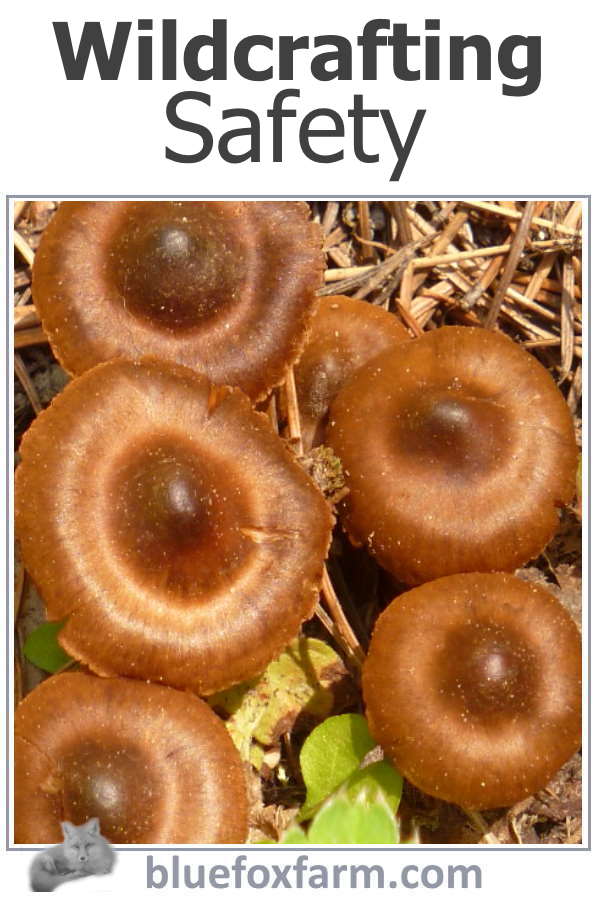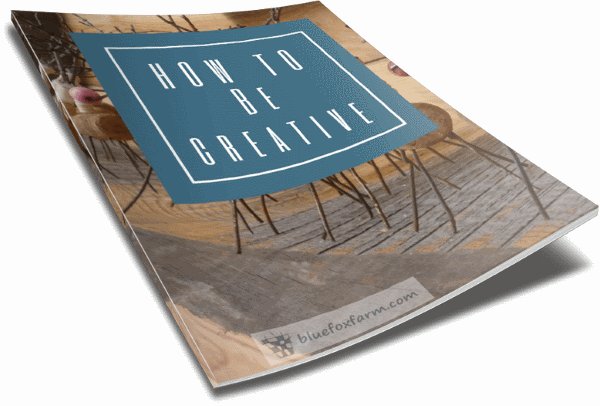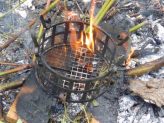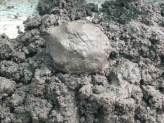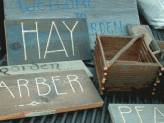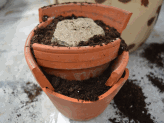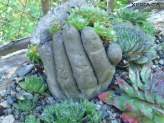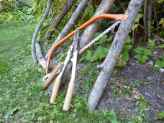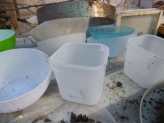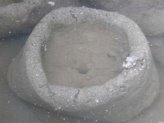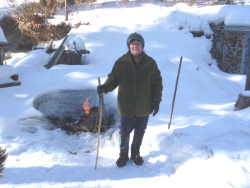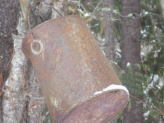Wildcrafting Safety
Common Sense Tips for staying safe in the woods
Wildcrafting safety is mainly common sense.
Wildcrafting, by necessity, generally means getting out into an area that may not have modern conveniences, such as cell phone coverage.
It's more than just going for a ramble in the woods.
In fact, that’s one of the things that most appeals to many wildcrafters; the opportunity to escape into a clean, wild environment, with the potential to see wildlife and plants in their native habitat.
Make a realistic estimate of the time it should take to do your collecting, and tell someone or leave a note of where you are planning to go, and what time you’ll be back.
Also make sure you tell the person when you actually do arrive back at your home base.
Knowing how to use a compass and a GPS system (most phones have one but you need to learn how it works) can greatly increase your chances of getting back safely.
It's totally humiliating if the Search and Rescue crew have to be rallied to get out there and save you, simply because you got disoriented. Stay safe, and don't get lost!
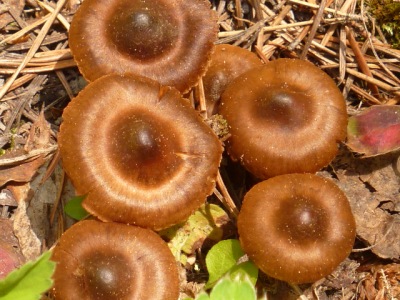 No matter how gorgeous any mushroom appears, make absolutely sure that you know if it's edible before eating it. Wildcrafting safety first!
No matter how gorgeous any mushroom appears, make absolutely sure that you know if it's edible before eating it. Wildcrafting safety first!My Top 7 Wildcrafting Safety Tips:
1: Take along water, and some easily transported food such as granola bars, or trail mix.
This can mean the difference between a cold hungry night out in the wilderness, and relative comfort.
Don’t depend on what water you may find in the woods, as it may be contaminated. Gastrointestinal illness is not an option.
2: The bare minimum of modern conveniences – a lighter or matches, a light raincoat, spare socks, and if you just can’t leave home without it, a gps or cell phone can be a lifesaver.
In many cases, your cell phone won’t pick up a signal in some areas that you may be wildcrafting in, but you may be able to send a mayday call.
3: Always wear sturdy boots, and long pants and sleeves. Dress in layers, so you can add or remove them according to the weather.
4: Insect repellent or net clothing is optional; however, you should always check for ticks after an outing in a wooded area, due to the potential Lyme disease that they carry and can transmit.
5: Leave your ill mannered dog behind; the 'Queens or Kings Cattle' (deer) are sacrosanct, and should not be chased.
By all means take along your obedient protector for the sharp eyes and ears to alert you to bears or other predators. In some cases, a foraging bear has followed a ranging dog back to its humans, so keep him close to you.
6: Gather your gear well in advance, such as bags to collect your bounty, labeling tools such as a Sharpie pen or other indelible marker, various sizes of paper bags, and cutting tools if you’ll be collecting Paxistima (cliff green) or cutting twigs for crafts.
7: A camera and field guides of items you’re interested in such as mushrooms, medicinal plants and herbs are essential.
Make absolutely sure of the identification, especially in mushrooms as some are very similar, and can be easily confused. Poisoning yourself or others is not a good practice.
A few simple wildcrafting safety precautions will make your wildcrafting expeditions much more satisfying; not only are you ethically collecting wild materials for teas, crafts and other uses, you are also eliminating risks.
The Search and Rescue teams in your area will appreciate your consideration and foresight.
Learn what it takes to be creative - we all have the gene but how do we develop it? Get the free guide!
Fill in the form below for your copy;
(Don't be disappointed - use an email address that will accept the free download - some .aol email addresses won't.
If you don't see your download within a few minutes, try again with another email address - sorry for the bother.)
